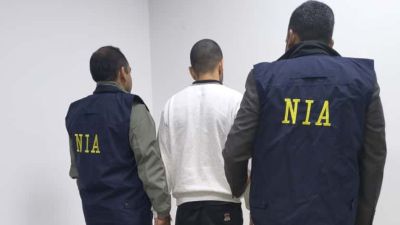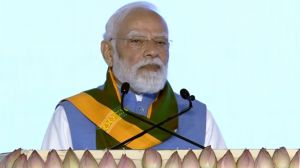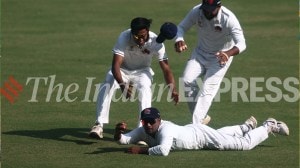Digging up the past
The men who discovered a lost civilisation along the Indus
The men who discovered a lost civilisation along the Indus
The archaeological Survey of India (ASI) is celebrating its 150th anniversary this year,though there is much dispute about the year of its founding. What is perhaps less controversial is determining its shiniest hour. In September 1924,John Marshall,the long-serving director-general of the ASI,used the pages of The Illustrated London News to make an announcement so dramatic that reading it all these years later makes one sit up and blink: Not often has it been given to archaeologists,as it was given to Schliemann at Tiryns and Mycenae,or to Stein in the deserts of Turkestan,to light upon the remains of a long-forgotten civilization. It looks,however,at this moment,as if we were on the threshold of such a discovery in the plain of the Indus.
Today we are still working out the length and breadth of this city-based civilisation,and in a timely development Nayanjot Lahiris 2005 book Finding Forgotten Cities: How the Indus Civilization Was Discovered is back in print (Hachette India,Rs 350). Woven into her account of the discoveries at Harappa and Mohenjodaro is the a history of the early years of the ASI,of the men who missed the uniqueness of the remains at Harappa,and then those who finally caught it.
Seals found around Harappa had made their way to the British Museum in London,where they must surely not have missed Marshalls eyes before he set off to take up his assignment at the ASI. Marshall is the hero of Lahiris story. His career was bound up with the establishment of the ASI as a robust institution with sufficient budgets and expertise to sustain a charter to investigate. His first love in the subcontinent remained the excavations at Taxila,but it would be his announcement of the Indus civilisation that would secure the ASI.
Harappa,in Punjabs Montgomery district,was on a well-travelled road,and early explorers in the 19th century had hinted at an already thriving trade in treasures found in local mounds (these elevations with the old debris were common across north India) old bricks were also being pillaged for use in the railway tracks being laid. Eventually,it took the work of two very different personalities of the ASI,Daya Ram Sahni at Harappa and Rakhaldas Banerji at Mohenjodaro (in Sindhs Larkana district),to at long last assemble the final pieces of the mystery. A third officer,Madho Sarup Vats,saw the similarities between these sites,which were hundreds of kilometres apart.
And finally Marshall,who assembled the archaeologists and artefacts at Shimla in the summer of 1924,made bold to take the leap and proclaim the discovery of a civilisation older than anything found so far of Indias past. Captions accompanying the photographs he submitted with this announcement dated it between 1000 and 400 BC. In a matter of weeks,experts had compared the seals with finds in West Asia and pushed the date back to the third millennium BC,giving Marshall enough material to write up a new announcement for Indian publications brimming with nationalist pride. It was,as Lahiri notes,characteristically uncolonial of Marshall to dwell on Indians age-old civilization… as ancient as any in Asia,but it also served to save his beloved ASI.
Lahiri quotes one of Marshalls colleagues: To future generations he will always be the man who,archaeologically speaking,left India three thousand years older than he had found her. And in doing so he put others who had bound together a fascinating bunch of explorers and archaeologists into a story that will never fail to awe: Sahni,Vats,Banerji,Hughes Buller,Pio Tessitori,Malik Muhammad,Alexander Cunningham,Charles Masson.
Curiously,Marshall had yet to visit Harappa and Mohenjodaro when he announced their antiquity.
mini.kapoorexpressindia.com


- 01
- 02
- 03
- 04
- 05





























